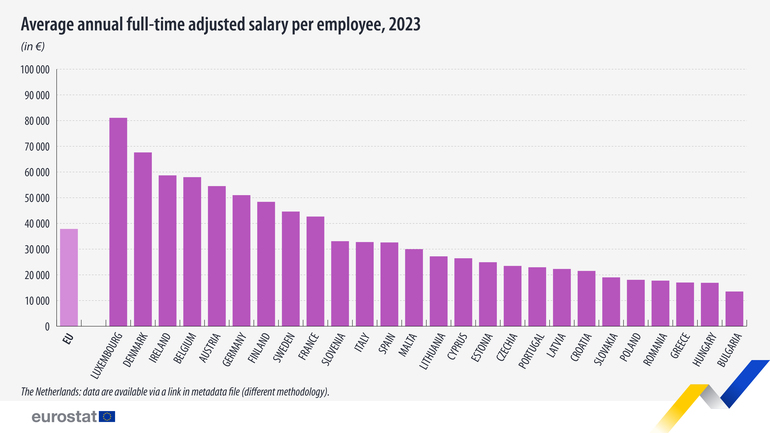The annual interest rate on a lei loan worth up to €1 million and with a maturity of up to 12 months rose 0.6 percentage points, to 16.5 percent.
Romanian banks cut the price of lei for companies in the February-September period. The position of the National Bank of Romania (BNR) regarding lei loans is known: these would be healthier on certain loan segments.
In order to see a lower rate on lei loans, internal stability is required, Laszlo Diosi, Chief Executive Officer of OTP Bank Romania, the local subsidiary of the largest Hungarian bank told The Money Channel recently. Diosi is optimistic that the political situation will calm down either in December 2009 or in January 2010. “The general feeling in the world about Romania is that the country needs political stability. A government is needed that can make decisions, that can negotiate with the IMF [International Monetary Fund], and that can have a say. We cannot afford to waste another year,” said the OTP Bank Romania official.
The effects of the political situation were visible as of October, when banks raised the price of lei for Romanian companies, after seven months of contraction. October was also the month when the government headed by Prime Minister Emil Boc fell. In the context of very expensive lei-denominated loans, Romanian companies could resort to foreign currency loans, but this alternative could be risky, if the leu depreciates.
Compared to European Union member countries in the region, statistics indicate that Romania has the most expensive national currency loans for companies. In Poland, short-term rates on zloty loans for companies rose slightly, by 0.1 points in October, to nearly 6.6 percent annually, with this figure the lowest level since August 2007. In the Czech Republic, ECB data indicates that, with the exception of August 2009, the cost of loans in crowns for companies fell in the tenth month of this year to the lowest level since June 2006.



